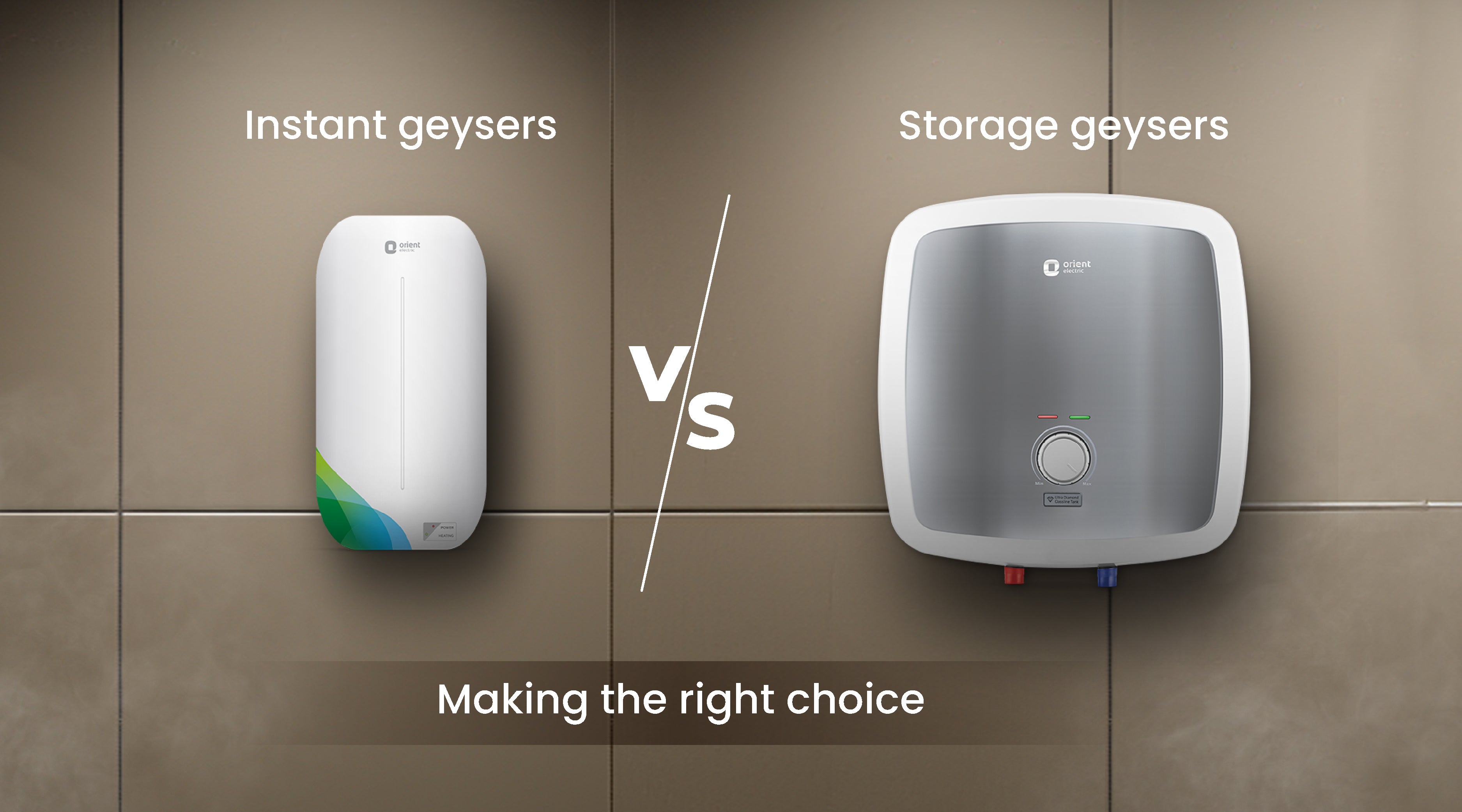Selecting the right geyser sizes depends on your household water usage.
Selecting the right geyser sizes depends on your household water usage.
Blog Article
How to Pick the Right Geyser to Make The Most Of Power Effectiveness in Your Home
Selecting an energy-efficient geyser is not as straightforward as it appears, requiring mindful evaluation of numerous aspects. From understanding the various kinds of hot springs, to assessing their power effectiveness ratings and taking into consideration placement approach, each decision plays an essential function in making the most of performance. Balancing the first investment with long-lasting savings is likewise critical. Let's get started on this journey to find just how to make the most educated choice for a geyser that will certainly reduce your energy costs while ensuring ideal efficiency.

Understanding the Different Sorts Of Geyser
While there are different kinds of geysers readily available on the market, comprehending the distinctions between them is vital for energy effectiveness (geyser sizes). The initial type, storage space hot springs, are the most typical and shop hot water in a storage tank for usage when required. They are available in various abilities and are generally energy-efficient, however they can shed heat when not in usage
The second kind is the tankless geyser, which heats water on need, leading to less energy waste but needing a higher first power draw. Solar hot springs utilize solar power to heat up the water, making them the most energy-efficient but additionally the most expensive.
Evaluating Your House's Hot Water Requirements
Prior to diving right into the acquisition of a hot spring, it is pivotal to examine the warm water requirements of your house. This analysis must consider various elements including the variety of household members, frequency of warm water usage, and the number of warm water electrical outlets in the home (geyser sizes). A little household with irregular hot water use could call for a smaller, much less powerful geyser compared to a larger household with numerous day-to-day warm water requirements
The kind of appliances that call for warm water additionally play a considerable role. Dish washers and cleaning devices, for circumstances, might require even more warm water than a basic shower or cooking area sink. Specific tasks such as bathing or cleaning also influence the regularity and quantity of warm water needed.
Reviewing Energy Efficiency Scores of Geyser
Having examined the hot water needs of your family, it's crucial to turn your attention to the energy performance scores of geysers. These scores, typically provided as Power Variable (EF), show a geyser's general power performance based upon the amount of warm water produced per unit of fuel eaten over a typical day. The higher the EF, the a lot more reliable the hot water heater.

Factors To Consider in Geyser Size and Positioning
Beyond power effectiveness ratings, the size and positioning of your geyser are crucial elements to take into consideration. The size of the geyser should align with your home's warm water requirements. A tiny geyser might use less power but may not supply sufficient warm water for multiple usages at the exact same time, whereas a larger unit can meet better need yet may take in more power.
Positioning likewise influences energy performance. Geysers should be set up near to points of use to decrease warm loss throughout water transportation. A centrally situated geyser can service multiple locations effectively. Furthermore, considering thermal insulation, a geyser situated in a warmer location sheds much less warm and consequently uses much less energy to preserve the water temperature.
Price Analysis: Stabilizing Preliminary Investment and Long-Term Financial Savings
While size and positioning most certainly play significant roles in a geyser's power efficiency, one must not ignore the monetary facet. When taking into consideration the preliminary financial investment, the rate of energy-efficient geysers can be greater than conventional models. Nevertheless, the raised in advance expense can be offset by lasting energy savings, making it a worthwhile investment in the future.
Evaluating long-term cost savings needs an understanding of the geyser's energy ranking. website here An appliance with a higher score will consume much less energy, converting to reduced utility expenses gradually. Federal government incentives and discounts for energy-efficient home appliances can also aid recover first expenses.
Lastly, upkeep and lifespan ought to be factored in. Energy-efficient hot springs usually have much longer lifespans and lower maintenance expenses, adding to total savings. When balancing preliminary investment and lasting savings, one ought to think about not just the acquisition rate yet additionally energy usage, federal government rewards, and upkeep costs.

Final thought
These consist of understanding the types of geysers, evaluating your household's hot water requirements, evaluating power efficiency rankings, and calculating expense benefits. The best geyser size, placement, and insulation can considerably decrease energy costs and environmental effect.
Report this page